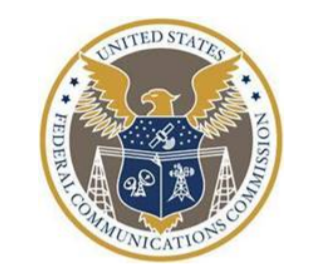The FCC voted to stay, or pause, changes to its 4.9 GHz rules. It did so because of a request from the Public Safety Spectrum Alliance (PSSA). The group sought the pause pending resolution of its request for the Commission to reconsider the changes. The FCC majority said last week they found good cause to stay the implementation of a new leasing framework in the 4940-4990 MHz band.
In September 2020, the prior FCC voted to revise the rules governing the band, saying it was underused. The shared band required licensees to provide public safety services as defined under Part 90 rules.
These new rules would allow a single statewide licensee in each state to lease some or all of its spectrum rights to third parties, regardless of whether or not they are engaged in public safety operations. If implemented, the changes would grant states the option to facilitate spectrum access by state and local entities, whether they were public safety operators or not, as well by commercial and other private entities in their jurisdictions.
PSSA, the Association of Public-Safety Communications Officials, and the National Public Safety Telecommunications Council asked the agency to reconsider, asserting the changes would undermine the availability and utility of spectrum in the 4.9 GHz band for public safety operations. They also questioned efforts to protect current and future public safety use of the band.
The agency last week concluded a stay is appropriate and in the public interest. The Commission said in the Order the changes were adopted, but had not yet gone into effect.
FCC Commissioner Brendan Carr, who voted for the changes last fall, was disappointed. He has often said the previous FCC made hard decisions regarding spectrum use. “In the 4.9 GHz band, it was clear that the status quo was not working. After almost two decades, that 50 MHz swath of spectrum remained woefully underutilized,” Carr said.
That’s why the agency last fall “established a framework that could allow more intensive uses to flourish, including for public safety, by empowering local leaders to determine the best options for this spectrum based on their own circumstances,” he explained. Carr would have preferred even more flexibility, but thought last year’s order was a step in the right direction.
Carr believes the stay will return the 4.9 GHz band “to the broken framework of the past,” but remains hopeful he and his colleagues can find a way to “quickly put a beneficial framework back in place.”
By Leslie Stimson, Inside Towers Washington Bureau Chief





Reader Interactions